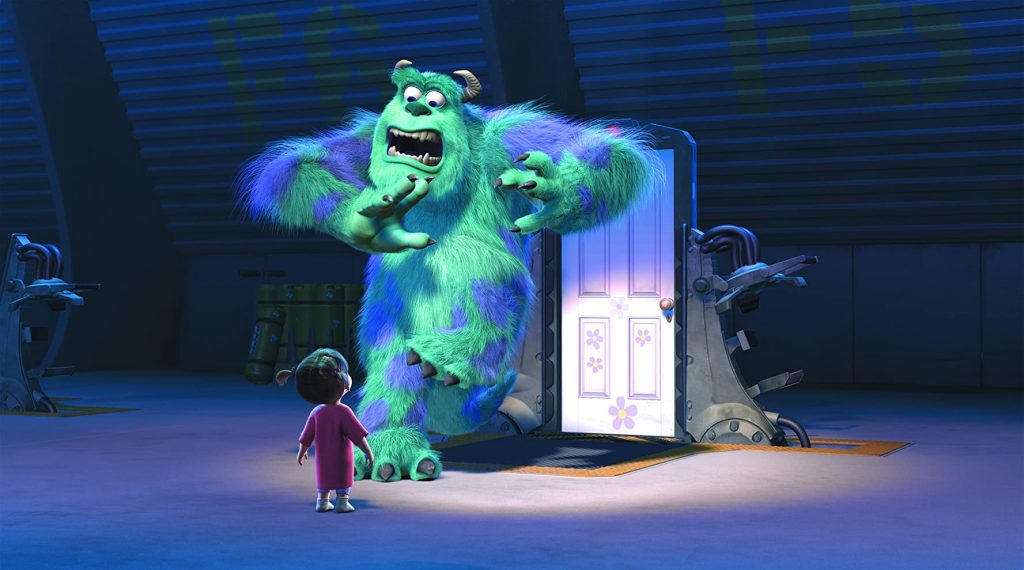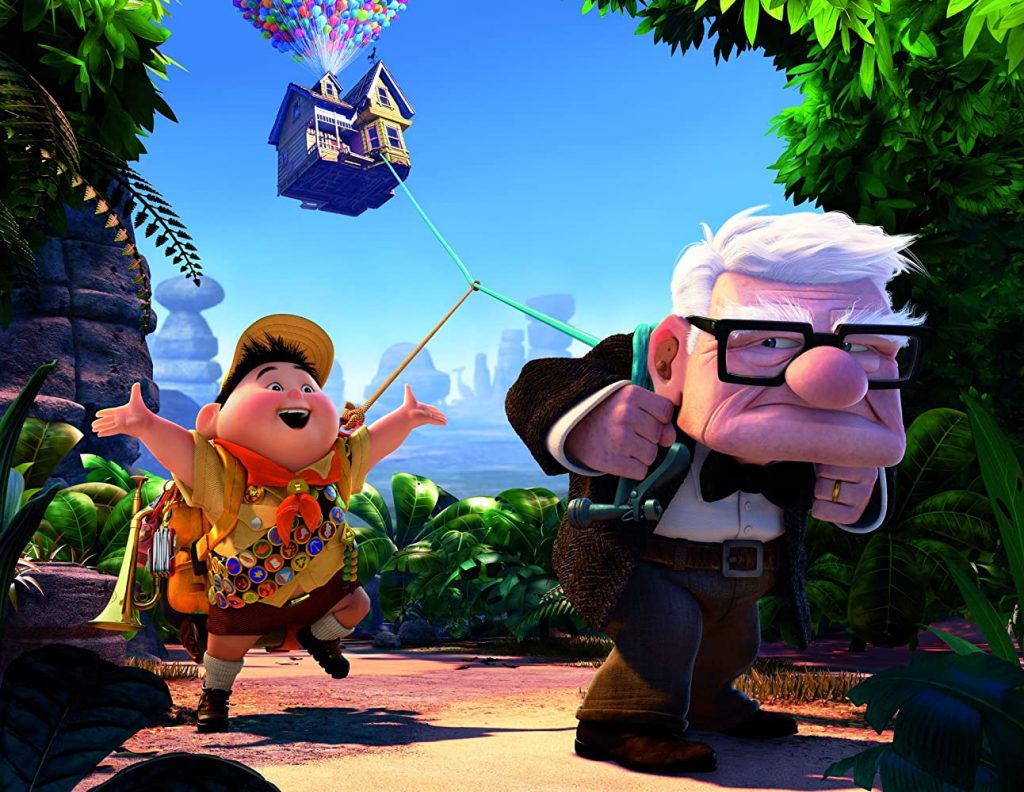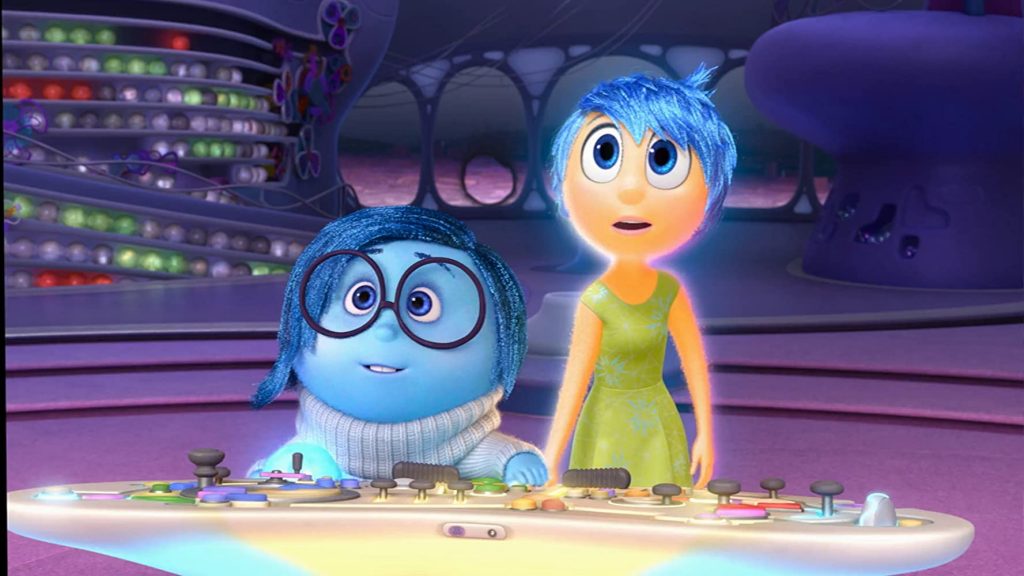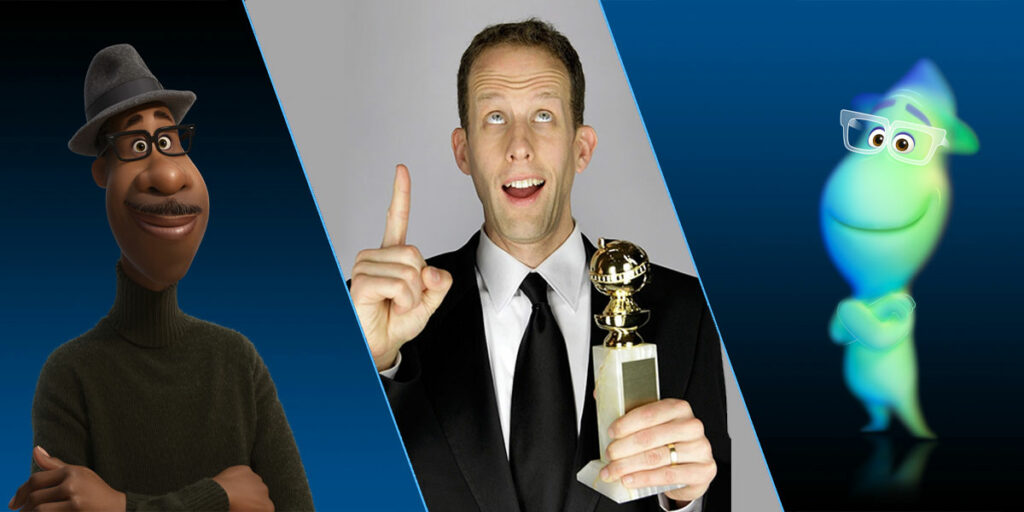Pixar’s Pete Docter analyzes the anxieties of aging through art. Let’s look at Docter’s prior poignant masterworks and find out how.
Disney/Pixar’s Soul, originally set to be released today, was poised to be yet another tremendous triumph for the widely acclaimed animation studio, both critically and commercially. In writer-director Pete Docter ’s 2020 follow-up to his outrageously original and insanely intelligent Inside Out (currently celebrating its fifth anniversary), he aimed to explore further existential themes, charting the course of a literal “lost soul” after it becomes separated from its human body and thrust into “The Great Before,” a world where souls shape their sense of self before coming into being. Complex, high-concept chronicles are par for the course for Pete Docter at this point, but with Soul, he was prepared to wade into even weightier territory, elevating the medium of animation and crafting yet another classic that audiences of all ages could enjoy.
In this third edition of “Flashback Films”, we’ve employed a bit of an inventive approach to our usual format. While these reviews are usually reserved for re-evaluating the immediate predecessors to delayed summer blockbusters, Soul is not a part of a franchise, and it doesn’t initially seem suitable for our series. However, when one takes a step back and dissects Pete Docter ’s famed filmography from a distance, they will soon discover the overarching themes that flow through all of his features, and, therefore, there can be no better way to prep for his latest picture than by revisiting his earlier epics – Monsters Inc., Up, and Inside Out. Though each film’s subject matter couldn’t be more contrasting on the surface – from the machinations of a monster-led “scare factory” to the odysseys of an ornery old man to the emotional turmoil taking place inside a 12-year old’s brain – these transportive tales all share several timeless thematic threads, and, along with the upcoming Soul, they come together to make for a mosaic of the mania of maturation.
Throughout his career thus far, Docter has proven to be continually captivated by the complications of childhood and the ways our worldviews are warped as we grow older. While Docter had been a part of Pixar since 1990 (assisting as an animator and shaping the scripts of films such as Toy Story and Toy Story 2), he didn’t make his directorial debut until 2001, with the witty and whimsical Monsters Inc. The film showcases a story centered around “scarers,” creatures who possess careers in which they commute to the human world to terrify children and harvest their screams to be used as energy for the city of “Monstropolis.” All-star “scarer” Sulley and his miniature mate Mike Wazowski serve as the picture’s protagonists, and as the saga starts, the two are at the top of corporate food chain, racking up “scare records” left and right. However, their worlds are turned upside down when a young human girl galivants into the factory and sets off a chaotic chain of events that causes them to reconsider everything they thought they knew about the organization they work for and challenges their former fear of children.

Though Boo, the diminutive “danger” who triggers all the trouble that later takes place, is the only true “child” we come to know over the course of Monsters Inc., it is actually Sulley and Mike who must face the harsh truths associated with aging in this particular parable. For years, monsters have been told that kids are “poisonous” and “pernicious” pests who pose a terrible threat to their very existence. The workers at Monsters Incorporated therefore blindly buy into these testimonies and continue on in their job without a care in the world, as they believe they are doing what is “deserved” by professing their power over these “terrors.” Yet, when interacting with Boo, Sulley and Mike are astonished to discover that she is a benevolent, big-hearted being who means no ill-will in any respect; she is hardly the horror that children had been made out to be. Naturally, this realization leads them to question the philosophy of their profession and grow apprehensive of acting on behalf of this business any longer. When the institutions you’ve put all of your faith into fail you, how do you reconcile with your reality? Do you stay silent, or do you take a stand and risk abandoning all you’ve ever known?
This messaging is magnified when considered alongside today’s contentious sociocultural conflicts. When we’re younger, many of us are raised in “bubbles” in which we only receive a select stream of information that is most often filtered by our family. As we age, we are exposed to an astronomical amount of conflicting commentary that contradicts what we’ve come to comprehend over our lives thus far, creating a cognitive dissonance that initially feels resistant to rectification. In addition, there are prescient parallels between the plot of Monsters Inc. and our current political climate, as we too live under a leader who, like the movie’s Mr. Waternoose, uses fear of the “other” to sow division and preserve his own power when harmony would be more helpful for humanity overall. These are quite overwhelming observations for a “kids movie” concentrated on the comedic capers of cuddly critters, but the equilibrium Docter established between exciting entertainment and elaborate emotional examinations would go on to influence the ideas he had for each subsequent story he scripted.

Pete Docter ’s second feature film, the uproarious Up, assesses the increased (and intimidating) awareness that accompanies aging from a more realistic but equally rewarding perspective – through the eyes of a sour and surly 77-year-old man. In this much-beloved Best Picture nominee from 2009, we follow the trip of one Carl Fredricksen, as he equips his house with balloons and sets off on an expedition to the peaceful Paradise Falls in an attempt to keep a promise to his deceased wife (who was never able to physically travel to this promised land). Touching on rather adult topics – from death to regret to second chances – Up is in many ways Pixar’s most mature film to date, and it allowed Docter to tackle tragic themes that other writers and directors in animation wouldn’t dare toy with.
Much emphasis is placed on “adventures” in Up, and for most of the movie, Carl sees this seemingly “final flight” as the end of his exploits on Earth. Without his beloved Ellie by his side, he’s unable to escape his inclinations to yearn for the years gone by, reliving his remembrances by frequently flipping through a scrapbook the two kept that they called their “Adventure Book.” The pages of this portfolio hold plentiful pictures of their past and of all the perilous pursuits they embarked on, and they offer Carl considerable consolation in times of tribulation. However, after Carl’s insistence to hold onto history nearly ruins his relationship with the only other human he’s come close to caring for since Ellie’s death (when he prioritizes the protection of his house over an endangered bird that he and his Wilderness Explorer sidekick/stowaway Russell had been looking after), he receives a much-needed message from his wife from beyond the grave.
As Carl sits in his hollow house, deserted and disenchanted, he scans through his supportive scrapbook one last time, smiling at the merry memories before stumbling upon a previously undiscovered note. Next to a picture of both Carl and Ellie in their long-adored armchairs, his former spouse scrawled, “Thanks for the adventure – now go have a new one!”. It is in this staggering and sudden scene where Docter’s true lesson comes to light – we are not afforded “one” adventure in our lifetimes. If one tale ends in tragedy, this does not mean that the entire story is spoiled; instead, we must merely turn the page, as even more action awaits in the next chapter. Up until this point, Carl had been using the excuse of “honoring Ellie’s dying wishes” to explain away his lack of effort in anything except for flying to Paradise Falls, but with this reveal, he receives the rejuvenation he needs to make the most of the time he has left and not squander the superfluous seconds he’s been blessed with. This revitalization will most definitely resonate with older moviegoers most of all, but audience members of any age can learn from the chronicle of Carl Fredricksen and remind themselves that events such as death or defeat do not signal impending doom, but rather serve as a symbol for the start of a new narrative.
Docter took on the task of planning out his most personal plot yet with 2015’s Inside Out, a film that was inspired by changes he began to note in his own daughter’s personality as she advanced into adolescence. “Exposing” the efforts of a 11-year-old girl’s innermost emotions (Joy, Sadness, Anger, Fear, and Disgust) as they direct her disposition each and every day, Inside Out may very well be Pixar’s most conceptually challenging creation to date, but, even though Docter faced plentiful pressure to “perfectly” portray these perplexing psychological processes, he never buckled beneath all of that weight, delivering what could also stand as the studio’s crowning achievement.

It would’ve been quite simple to craft a cheap comedy about a human’s erratic and “excitable” emotions full of gaudy gags, but, as Docter had demonstrated throughout his career up unto this point, his tender touch manages to mold every one of his movies into a meaningful ode to the human existence, and Inside Out is no different. In what is one of the most astonishingly authentic depictions of depression ever put to screen, Docter follows the fallout of his 11-year-old protagonist Riley’s reaction to her family’s move from Minnesota to San Francisco, and he illustrates her disillusionment by conceiving a circumstance in which her emotions of Joy and Sadness are literally thrown from the “Headquarters” in her brain, causing her to only access emotions of Anger, Fear, and Disgust as she has to handle the unrest of this upheaval. Throughout their entire expedition back to “Headquarters,” Joy is convinced that only she can restore Riley to her previous peace of mind. However, when Joy’s stubborn selfishness compels her to attempt to abandon Sadness, this plan backfires, sending her sailing into Riley’s “Memory Dump,” where she has hit the real “rock bottom”.
Here, Joy stumbles upon a discarded “sad” memory, but she is surprised to see that, after Riley received comfort at this point in time, she was able to experience elation once more, and the memory became “happy”. While this scene may seem relatively straightforward, the implications are nothing short of revolutionary. For a “children’s film” to so unashamedly and unwaveringly substantiate the significance of sadness in times of struggle, that takes an admirable audacity that only the brilliant, boundary-pushing Pete Docter could bring to the table. In a split second, Docter – and Pixar – staunchly state that there can be no pleasure in life without pain – a pronouncement that has been a tough pill for patrons of any age to swallow, let alone an audience primarily made up of kids. By steadfastly specifying that shielding one’s sadness for the satisfaction of others instead of allowing oneself to assuage that anguish head-on is ineffective, Inside Out addresses one of the foremost anxieties of aging (engaging with emotions instead of disguising discomfort, as scary as it may seem) and does so in a way that feels both serious and soothing, simultaneously.
As we await Pete Docter ’s latest lark, Soul (which is sure to come with its own fair share of meaningful musings about maturation), we can use this time to admire and appreciate the art he’s already created and probe these pieces for their observations on the exacting but essential lessons we learn as we grow old. At the end of the day, Pete Docter ’s films serve as a solace above all else, as if a monster, a miserly old man, and a melancholic emotion can conquer the complexities of coming of age, what’s stopping us?

